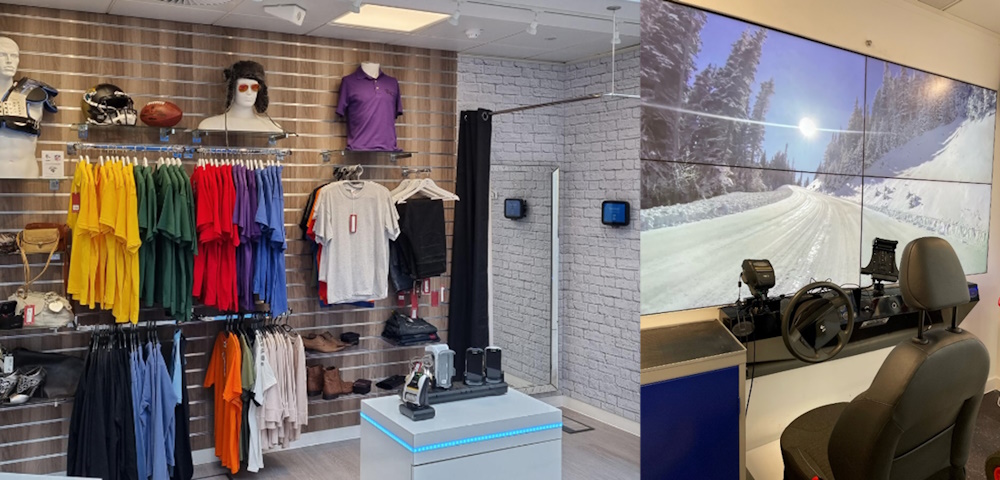
 setREVStartSize({c: 'rev_slider_12_1',rl:[1240,1024,778,480],el:[445],gw:[1240],gh:[445],type:'standard',justify:'',layout:'fullwidth',mh:"0"});if (window.RS_MODULES!==undefined && window.RS_MODULES.modules!==undefined && window.RS_MODULES.modules["revslider121"]!==undefined) {window.RS_MODULES.modules["revslider121"].once = false;window.revapi12 = undefined;if (window.RS_MODULES.checkMinimal!==undefined) window.RS_MODULES.checkMinimal()}
setREVStartSize({c: 'rev_slider_12_1',rl:[1240,1024,778,480],el:[445],gw:[1240],gh:[445],type:'standard',justify:'',layout:'fullwidth',mh:"0"});if (window.RS_MODULES!==undefined && window.RS_MODULES.modules!==undefined && window.RS_MODULES.modules["revslider121"]!==undefined) {window.RS_MODULES.modules["revslider121"].once = false;window.revapi12 = undefined;if (window.RS_MODULES.checkMinimal!==undefined) window.RS_MODULES.checkMinimal()}
After years of false dawns, RFID is finally coming of age thanks to its ability to unlock the potential of robotics and artificial intelligence technologies.
RFID has been the ‘coming’ technology for more than 20 years.
As we explored in our recent article on the 50th anniversary of the barcode, manufacturers and early adopters have been promoting the speed, capacity, range and security advantages of RFID ever since the first pilot projects were launched in the retail sector in the early 2000s.
But as we explored in that article, somehow those advantages were never quite enough to overcome the sheer ubiquity of the barcode, nor the cost and technical challenges involved in a wholesale switch to RFID.
That’s not to say that RFID hasn’t grown significantly and steadily over the past decade – after all, according to IDTechEx, the global RFID market – comprising RFID labels, cards, fobs, and any other form factors, as well as tags, readers, and software/services – will be worth US$14 billion in 2023, up from US$12.8 billion in 2022. But despite this, the much heralded ‘age of RFID’ has never quite appeared.
Until now perhaps. Because in the last couple of years, RFID has found game-changing technological allies in the form of robotics and artificial intelligence. And with an increasing number of systems now using RFID to unlock the power of these new technologies, might we finally be ready to call 2024 ‘The Year of RFID’?
Leading manufacturers like Zebra think so.
The efficiency and performance benefits of RFID in warehouse and retail environments have been driving growth in RFID for a number of years. But it has been the introduction of robotics to the picture that has really shifted the dial, as evidenced by Zebra’s recent acquisition of Fetch Robotics. https://www.zebra.com/us/en/about-zebra/newsroom/press-releases/2021/zebra-technologies-to-acquire-fetch-robotics.html
Fetch’s Autonomous Mobile Robots (AMRs) are used for optimized picking in fulfillment and distribution centres, for just-in-time material delivery in manufacturing facilities, and automating material movement in any facility. In short, they deliver smarter, faster and more efficient warehouse picking that is less labour intensive.
In combination with this kind of robotics technology, it is suggested that RFID can unlock 5% top-line growth from better stock-management and shrinkage reduction alone. A 25% increase in inventory accuracy and a 10-15% reduction in inventory-related labour hours make a compelling case.
And against all this, the average cost of the technology has fallen by 80% in recent years.
So, robotics is transforming the cost benefit analysis in favour of RFID, particularly in the warehouse environment. But once we move into the in-store retail environment, it is artificial intelligence which is generating the excitement.
For retailers still battling to bring shoppers back to the High Street, the in-store experience is a key focus. Personalisation, multi-sensory engagement and omnichannel integration are all key to generating the kind of customer delight that builds loyalty, word of mouth recommendation, footfall and sales. And, as Zebra is demonstrating at The Zebra Experience Centre, this is exactly what RFID allied to AI is already delivering.

Consider a shopper picking up a Liverpool FC football shirt in store and taking it to the fitting room. Traditionally they will have tried it for size, perhaps considered the fit as well as the price, maybe gone to find a different size if it didn’t fit, and then take or leave it accordingly.
Compare this with the smart fitting room experience, where an RFID reader picks up the shirt’s tag as it is carried into the fitting room, and ‘You’ll Never Walk Alone’ or the sound of a singing Anfield crowd starts to play in the cubicle. When the shopper tries the top on and finds it too small, a smart mirror can detect this, use the RFID-based inventory system to identify that there are five tops available in the next size up, and alert an assistant to bring one to the shopper (or offer immediate integration with an online ordering function if there are none available in store).
It seems that after nearly a quarter of a century, what will ultimately herald ‘the age of RFID’ won’t be its suitability as a replacement for the barcode but its ability to unlock the potential of next-generation robot and artificial intelligence technologies.
Harnessed in combination, these technologies are creating truly disruptive solutions which are transforming not just the warehouse and retail environments, but also manufacturing, healthcare, transportation and logistics, and more.
So, with plenty of these integrated solutions already in place and more being developed and installed all the time, perhaps we can finally say with some confidence that 2024 will, at last, be ‘The Year of RFID’.